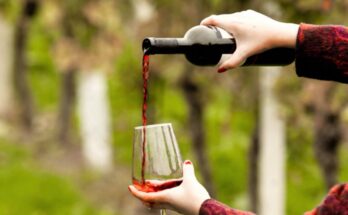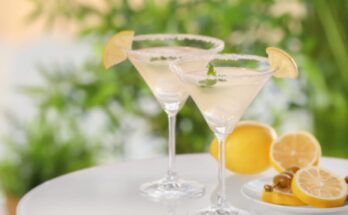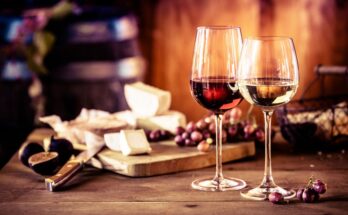We are living in some grand times for liquor. With worldwide shipping combined with both commercial and small-batch brands, new and classic spirits are coming out of all parts of the world. However, with the number of liquors in the mix, it can often be difficult to discern similar tasting spirits. Take two common liquors: whiskey, and its B-variety child, bourbon. They are often mistaken for each other. Read on to learn more about their history and differences.
The History of Whiskey
Whiskey has an interesting history, with both Ireland and Scotland claiming to be the creative genius behind this popular liquor. The first written account of whiskey is from Ireland in 1405. In the process of refining whiskey, the B-variety was born several centuries later in Kentucky.
When Is It Whiskey?
The key difference between these 2 spirits is simple. Whiskey is the umbrella liquor and may include the B-variety. But the reverse isn’t always true. Both are distilled brown liquors. Both use grains that can be localized to their region. Both can use wheat, corn, barley, or rye as the main grain. The grains are then turned into a mash, which is used to distill the alcohol. Both are aged in barrels. However, this is where the high-level similarities end.
Whiskey includes a complement of whiskey alcohol and may include Scotch, Irish, Japanese, and rye whiskey. They may also be of single-malt or blended varieties. Single-malt means that it comes from a single distillery, whereas blended means it’s combined from several distilleries.
When Is It Not?
The B-variety only includes American whiskey and has strict classifications to be considered a B-variety “whiskey”. They must be made from at least 51% corn, and are aged in new, American white oak-charred barrels for at least 2 years. Contrary to popular belief, it does not have to come from Kentucky, but it must be made in America. It can’t contain any flavor, artificial coloring, nor additives.
In addition, the mash must be distilled to a maximum of 80 percent alcohol and then entered into the barrel at 62.5 percent alcohol. It’s then filtered and/or diluted to a minimum of 40 percent alcohol. This liquor has a slightly sweeter flavor and can have notes of oak, baking spices, black pepper, toffee, butterscotch, fruit, and caramel.
Common Cocktails
All cocktails made with B-variety whiskey can be classified as “whiskey cocktails”, but the reverse is not necessarily true. B-variety whiskey is great on its own and is the main liquor n old-fashioneds, mint juleps, and manhattans. They are also great for first-time whiskey drinkers due to their sweeter notes. Popular whiskey cocktails include the Rob Roy, Highball, and Whiskey Sour.
Want to take your own tasting tour of the whiskey family? Make your reservation at Town’s End Stillhouse and Grill where we use the highest quality and handcrafted ingredients to make our in-house distilled liquors. We pride ourselves on our craft distillery, our “in-house grain to glass” experience, and we can’t wait to exceed your expectations!




